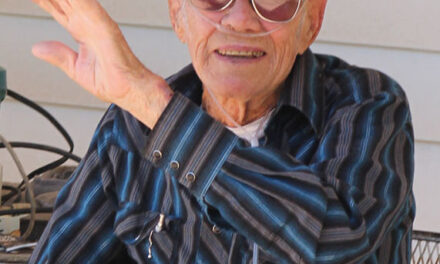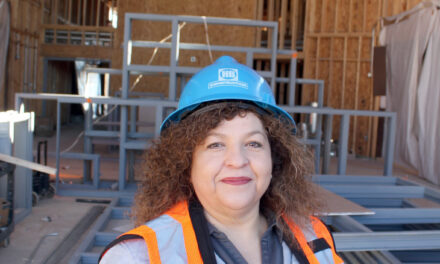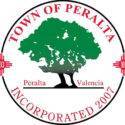After two failed attempts to entice a health care provider to the county to build and operate a hospital, Valencia County commissioners sat down at a workshop with state legislators Monday morning.
The question of the hour was, “where do we go from here?”
With more than $26 million in taxpayer funds in the bank for the operation and maintenance of a hospital/24-hour emergency healthcare facility, the county commission — current and past — has struggled to get the project off the ground.
“We have tried diligently since I’ve been on this board to get this built,” said commission chairman Jhonathan Aragon. “There have been a lot of hurdles over the years.”
In 2006, an eight-year, 2.75 mill levy was approved by the voters — 14,245 in favor and 4,438 in opposition. Since then, the county has been embroiled in several lawsuits about the project.
In April 2018, finally clear of the last lawsuit, the county released a request for proposal for a health care facility. The RFP also included a subsidy to help cover the $950,000 annual health care contract for inmates housed at the county jail.
That RFP resulted in a contract with Lovelace Health Services, but it was terminated in short order. The company argued it wasn’t obligated to pay the inmate subsidy, despite offering up to $950,000 a year toward it, and the facility it wanted to build fell short of the state’s definition of what constitutes a hospital.
According to the New Mexico Department of Health regulations, a hospital is a “facility offering inpatient services, nursing, overnight care on a 24-hour basis … for three or more separate individuals.”
Earlier this year, the commission issued a second RFP without the jail inmate subsidy, requesting a 24/7 emergency room/hospital with three beds. There were no responses.
The sticking point seems to come down to how DOH regulations define a “hospital” and what providers are willing to provide.
“It’s not just a matter of beds,” said county attorney Dave Pato. “But once you have those beds, there are other ancillary services that have to come with them, such as a full-time nutritionist, which add a lot of additional cost.”
Pato said some possible solutions would be to ask DOH to either redefine the term “hospital” or, since it doesn’t have a definition, define the county’s mill levy referendum language of “a hospital/24-hour emergency healthcare facility.”
“That is a term of art,” Pato said. “It isn’t defined anywhere.”
Another solution could be to ask the Legislature to draft a law specifically for the Valencia County mill levy that would allow it to be conveyed to a facility that wasn’t strictly a hospital as per DOH regulations.
Some of the residents at the meeting suggested a third option — give the money back.
“I know everyone keeps saying it’s impossible. It’s not,” said Meadow Lake resident Tom Mraz. “People have moved, sold property. Put that money in escrow for five or seven years, whatever is required by law. If they haven’t claimed it by then, it goes back to the general fund.
“I’d rather see a hospital than get the money back for sure, but the way it’s been going on and on …”
Sen. Clemente Sanchez, who lives in Grants and sits on the board for Cibola General Hospital, told the commissioners not to discount the possibility of repurposing the mill levy funds to build a facility and have a county-run hospital.
Julia M. Dendinger began working at the VCNB in 2006. She covers Valencia County government, Belen Consolidated Schools and the village of Bosque Farms. She is a member of the Society of Professional Journalists Rio Grande chapter’s board of directors.

















